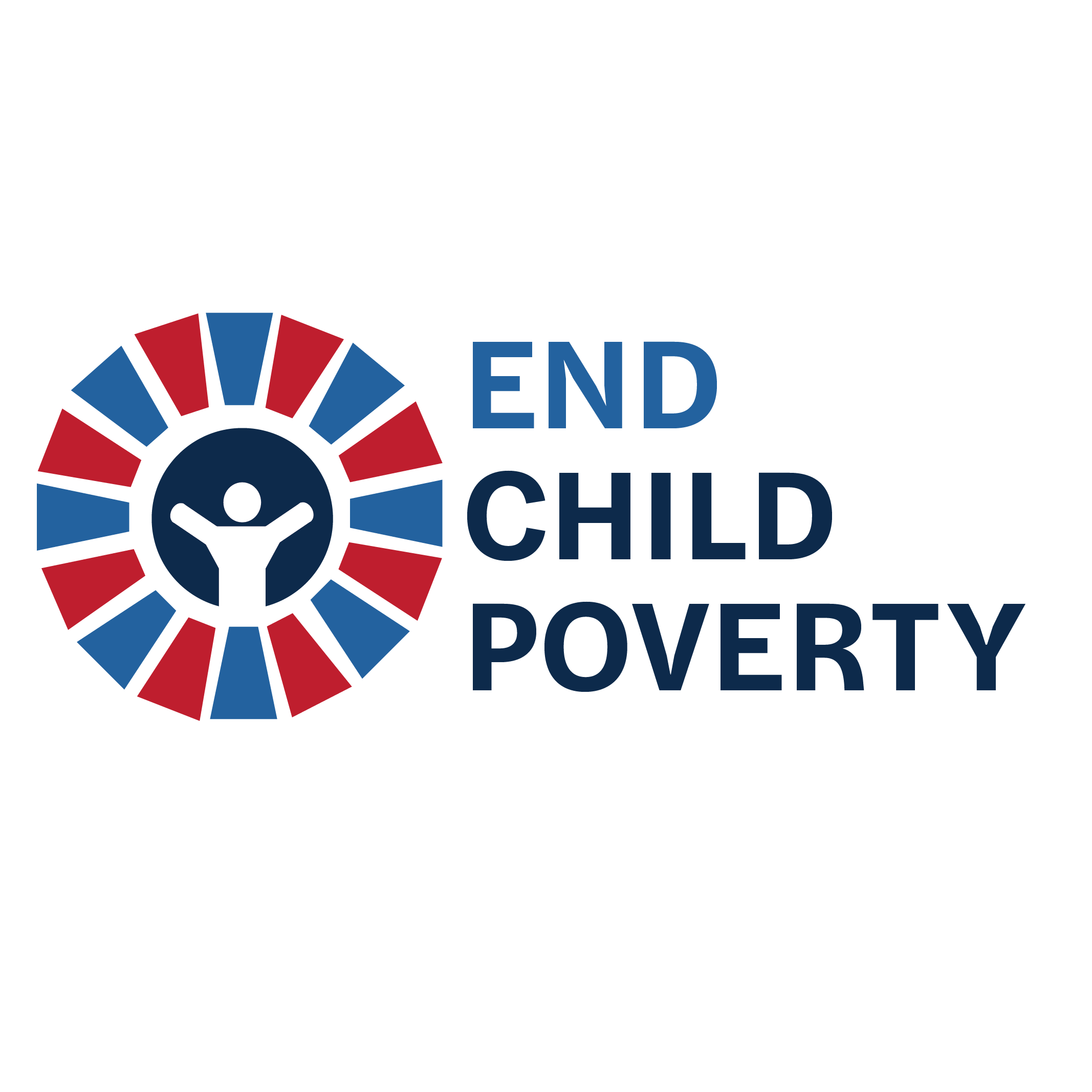On September 14th, the U.S. Census Bureau released annual estimates on child poverty in the United States for 2020 using the Official Poverty Measure (OPM) and the Supplemental Poverty Measure (SPM).
This new data shows us that when we have the political will to act, we can reduce child poverty even during a pandemic. Emergency assistance in the form of Economic Impact payments, Unemployment Insurance benefits and nutrition assistance contributed to an over 20 percent decrease in child poverty from 2019.
Some of this assistance has since ended, but improvements to the Child Tax Credit and other investments for children made in the American Rescue Plan in 2021 are nearly cutting child poverty in half, reducing racial and economic disparities and promoting economic mobility for millions of households with children. If we let this assistance expire at the end of 2021, we will double the child poverty rate and raise taxes on millions of households with children.
Presenters:
Megan Curran, Policy Director, Columbia University Center on Poverty & Social Policy
Jacqueline Sealey, Parent of 3 in Niagara Falls, NY, Volunteer at MomsRising
Cara Baldari, VP of Family Economics, First Focus on Children
Michelle Dallafior, Senior VP, Budget and Tax, First Focus on Children
Miriam Abaya, Senior Director, Immigration and Children’s Rights, First Focus on Children
Olivia Gomez, Assistant Director, Health Policy and Research, First Focus on Children
